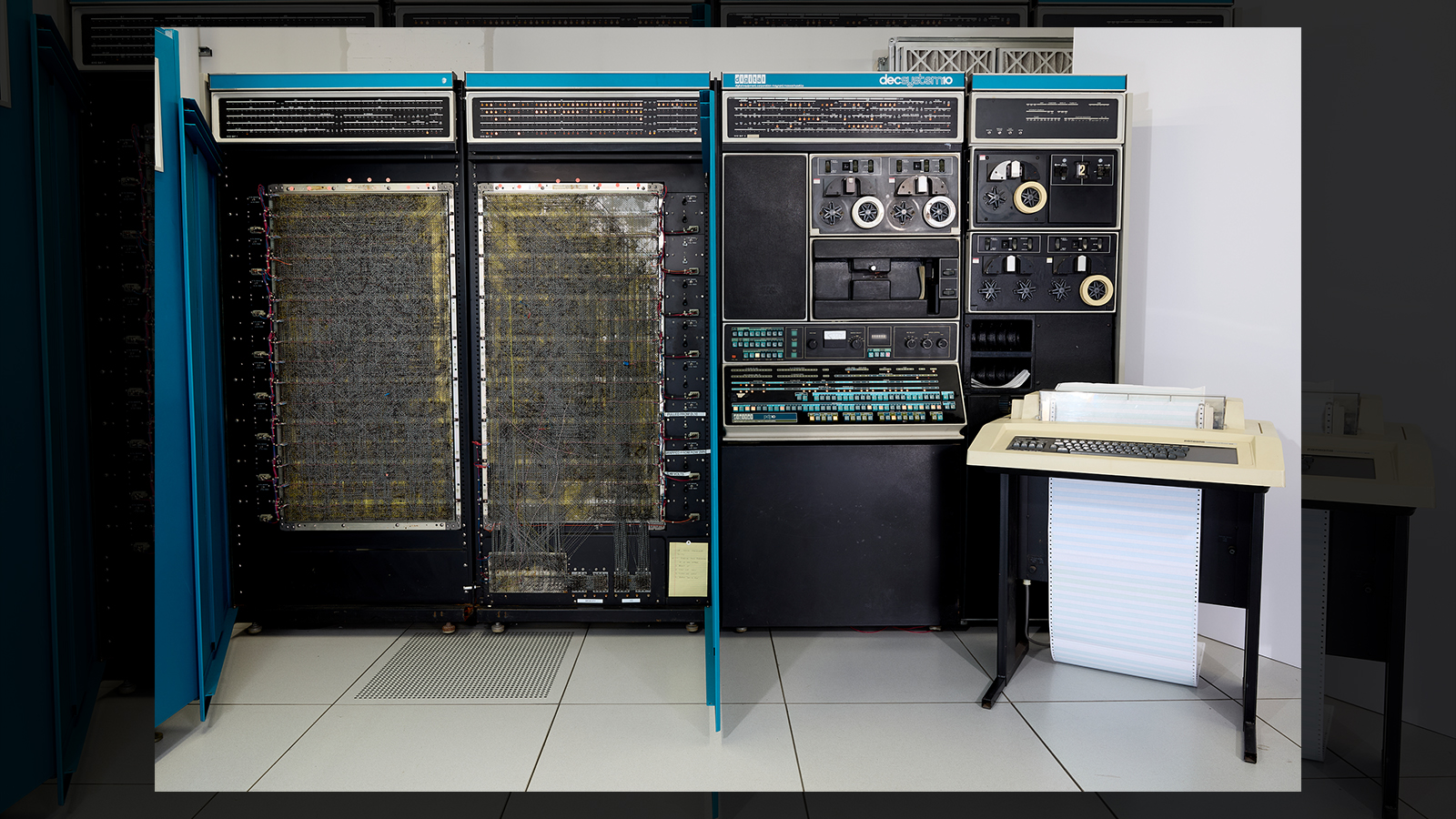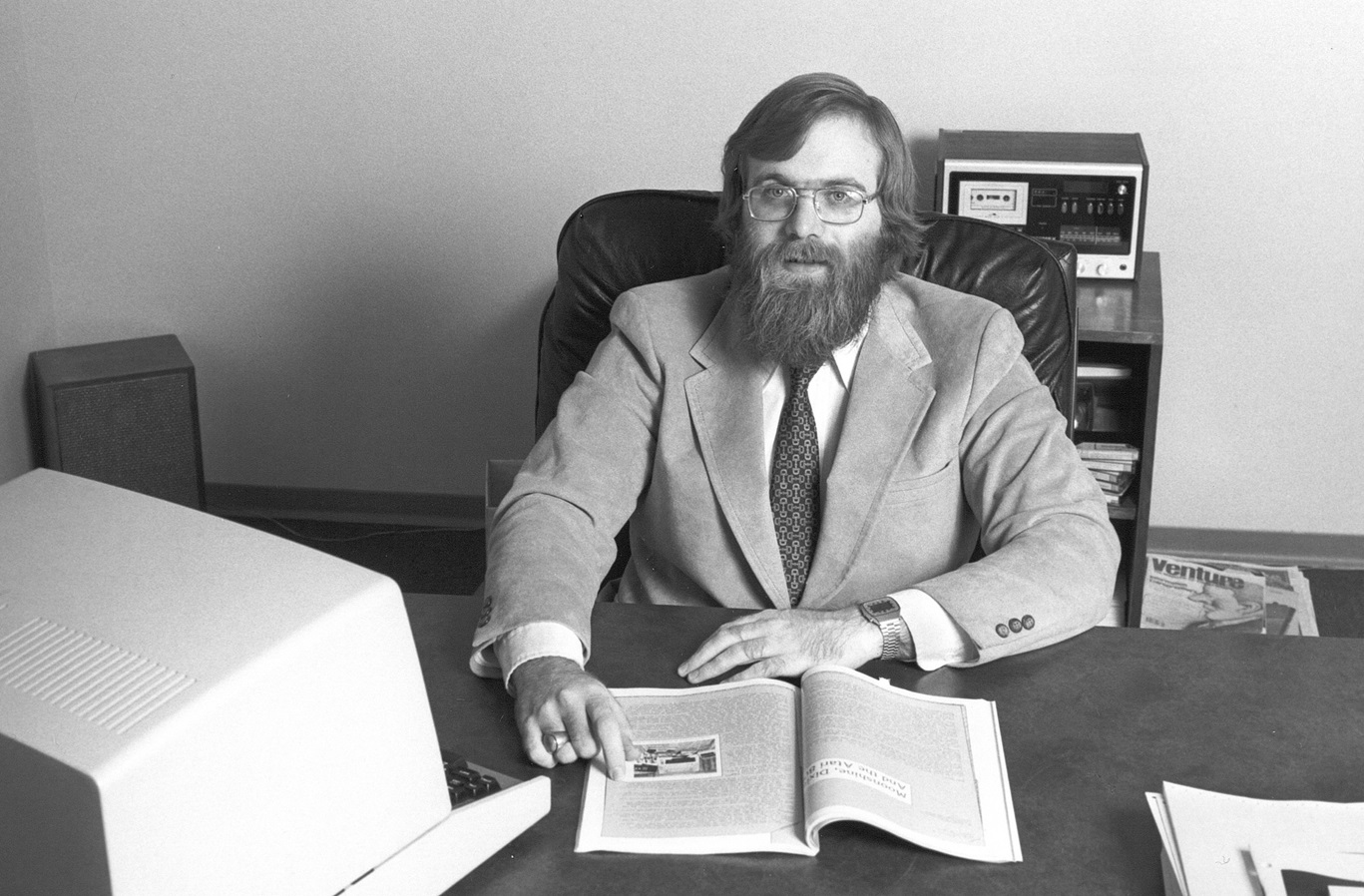
A DEC PDP-10 mainframe computer from the Paul Allen (co-founder of Microsoft) collection, will be auctioned at Christie's in September. This mainframe computer is the same model Bill Gates and Paul Allen used at Harvard University to build Altair BASIC, which became Microsoft's first commercial software product. However, the mainframe on sale was originally registered to Kiel University in Germany before Allen acquired it to restore.
The Altair 8800 microcomputer appeared on the cover of the January 1975 issue of Popular Electronics. Gates and Allen saw this and called up the Albuquerque, New Mexico company, telling MITS founder Ed Roberts, “Hey, we can do software for this machine.” He agreed to a demonstration, but since they didn’t have anything yet, so they had to come up with something quick.
Since neither had access to the Altair 8800 hardware, Allen and Gates used Harvard’s DEC PDP-10 mainframe to simulate it. From there, they built Altair BASIC, a BASIC interpreter, which allowed hobbyists and enthusiasts to program the Altair 8800 microcomputer much more easily. Gates did this when he was still a student at Harvard, and the school administration soon found out about his extracurricular use of its mainframe.

Harvard officials weren’t pleased when they discovered that Gates had been using their system to develop a commercial product. But even though the secretive Defense Advanced Research Projects Agency (DARPA) was funding the PDP-10’s operation, there was no written policy regarding its use. This allowed Bill Gates to get off scot-free with building Altair BASIC, but there was tighter supervision regarding the use of Harvard’s mainframe after that.
The BASIC interpreter became Microsoft’s first flagship product, with the company building it for other systems like the Motorola 68000. It wasn’t until 1981 that Microsoft created MS-DOS, based on Tim Paterson’s 86-DOS, which would eventually lead to the Windows operating system we know today.
While the DEC PDP-10 going on sale today isn’t exactly the one Allen and Gates used to build Altair BASIC, it’s still an important milestone in computing history. After all, this is the same model that Computer Center Corporation, or C Cubed, had at Seattle, which the duo used to spend time on when part of the Lakeside Programming Group discovering computers. Unfortunately, C Cubed went bankrupt in 1970, so the group, which included Gates and Allen, no longer had access to its mainframe.
Their experience with its DEC PDP-10 led them to find another company, Information Sciences, Inc. in Portland, Oregon, with the same system. In exchange for time using their computer, Gates and one of the other members of Lakeside Programming Group, Kent Evans, built a payroll program that helped hone their interest and skills in using the DEC PDP-10 mainframe.
Note that all this happened before 1971, meaning Gates and Allen were just kids. Paul Allen was 17 when he saw the Intel 4004 microprocessor on a magazine and showed it to Bill Gates, then 15, in 1971. Paul told Gates, “Look, this thing’s going to keep getting better and it’s going to be better than these mini-computers.”
Because of the experience they built on the PDP-10, they founded the Traf-O-Data company in 1972, which built a computer that could process traffic data, allowing engineers to analyze these reports. While it wasn’t as successful as they hoped it to be, the experience the two gained from the DEC PDP-10 allowed them to use it to emulate the Altair 8800 and build the BASIC interpreter for it even without the hardware.

Without the DEC PDP-10, Allen and Gates wouldn’t have the experience necessary to build the software that became the foundation of Microsoft. It would also affect Apple, as Microsoft built the Apple Soft BASIC for the Apple II — which you can get today as modern mini-computer with the Olimex Neo6502pc. So, this “little” piece of history is crucial to the way we use computers today. If you want to own a piece of Paul Allen’s ‘Firsts: The History of Computing’ collection, you better be ready to pony up at least $30,000, as the auction company expects it to start at that price and even go for as much as $50,000.







